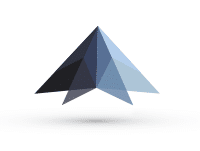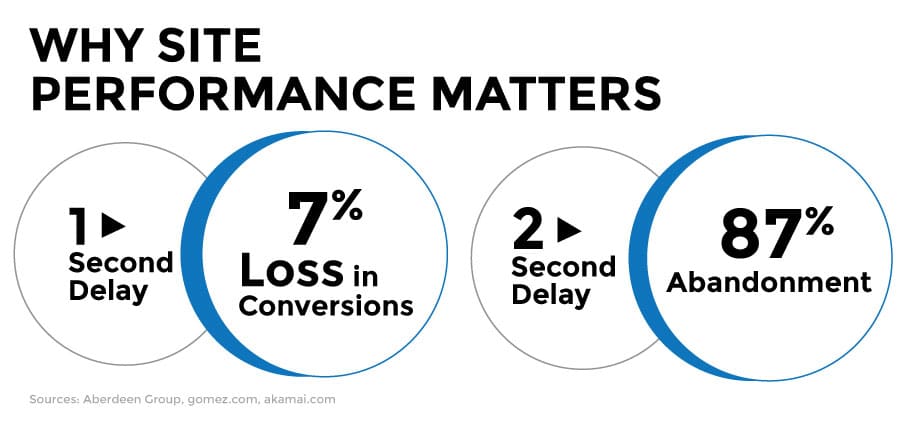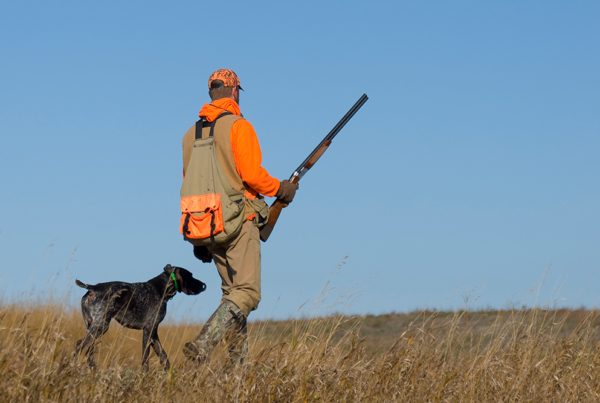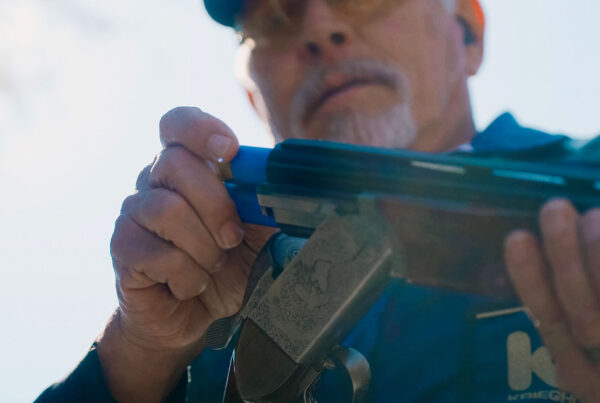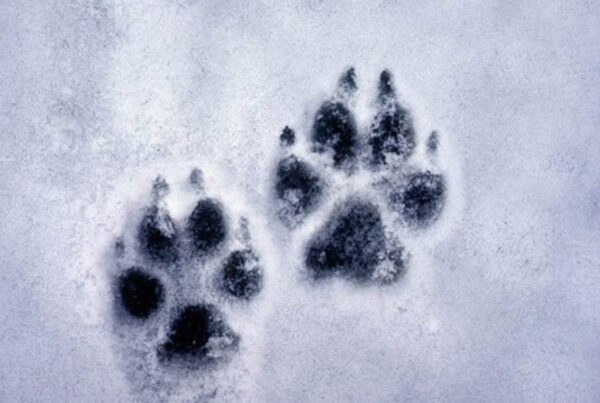
Do you know what your bounce rate is? A bounce rate is like having a hole in your boat. By not plugging it, you’re leaking potential revenue—and lots of it.
For example, if you look at your Google Analytics, and it says you’re getting 10,000 visits per month (which is a great amount of traffic), but your bounce rate is 60%—this means you only have 6,000 visitors—not so great. Bounce rate could be the one metric in your firearm or hunting brand’s digital marketing program that is holding you back from reaching your online sales goals.
When considering inbound marketing or any other kind of digital marketing program, it is necessary before any content is created to build an “inbound-ready website.” Since inbound is a long-term strategy that builds traffic, contacts, and customers over time, a firm and fast digital foundation (your website) is mission critical for success.
The web is a highly fast, get in and get out kind of medium. By making your visitors wait for more than 3 seconds, you’re leaving a lot of revenue on the table.
Below are three critical considerations to reduce your firearm or hunting brand website’s bounce rate.
1. Site speed
The first place to start is to determine where your website is now and what to fix. Check out these four tools to determine your website’s speed:
If your website takes 3 seconds to load, it’s time to raise some red flags and make the necessary changes quickly.
The first step is to look for large images. Every image should be around 50K or lower. The smaller your images are, the faster your site will load. Video should be compressed if you’re embedding it.
The second step is to minimize scripts and combine CSS files or move javascript (the code that makes your site come alive) to the bottom of the website. This tells browsers to load the content above the “fold” (content you see in your browser’s window) first.
The third step is server speed.
A lot of us spend little to nothing on a quality web host. GoDaddy, WordPress Engine, Rackspace and others provide a reliable service, however when every second counts— and you’re serious about moving the needle on ROI, a dedicated server or a CDN should be considered.
What’s the difference between a Content Delivery Network (CDN) and a Dedicated Server?
Content Delivery Networks serve content across a network of “edge” servers putting your website in closer proximity to your visitors no matter where they are in the world. This makes download speeds faster because data doesn’t need to travel across a shared network. CDNs like Cloudflare or Amazon are fairly inexpensive and can be implemented relatively quickly. CDN’s are a must for companies who have (or are interested) in acquiring international customers. For a more technical explanation on CDNs, please see this resource.
Source: GT Metrix
A Dedicated Server gives you the same type of computing power of a new 2.4 GHz 8GB Mac laptop—except it’s deployed over the internet. This means instead of sharing your hosting with hundreds or perhaps thousands of other websites—you have one server dedicated to your site alone. A Dedicated Server will boost your website’s speed exponentially. In a recent test, we were able to get a 5 – 12-second savings (over mobile and desktop) from moving to a dedicated server versus a shared server. Dedicated hosting is worth it especially if you’re running an e-commerce store and every sale counts.
2. Use engaging images and CTAs
A mantra I’ve tried to live by when it comes to web design is “don’t let my website visitor think.” This means that when a visitor hits your site for the first time, they are in “learning or search mode” and it’s up to you to think for them by matching their question, curiosity or interest with the solution your product offers. Provide the information to them in a quick and engaging way; then define the path you want them to take to achieve your goal: share, like, signup, contact or purchase. Use CTAs to direct their actions.
3. Engaging modules
Quality photography and video is a must in the firearms and hunting industry because of its experiential nature—but what works even better is something that is interactive that helps users learn about your product and that moves them further down the sales process. Rifle builders, tabbed or accordion modules, interactive content, surveys, etc. can keep visitors engaged for a longer period and keeps them coming back.
Google uses site speed, and there is indications that bounce rate (Source: Search Engine Land) as a ranking factor. So if you’re in a competitive segment of the industry and need a boost from your search engine marketing efforts, a dedicated server, CDN or both will make your website faster and move you up in rankings.
By focusing on the above measures, you won’t be left wondering what’s wrong with your conversion funnels and can be free to concentrate on optimizing other areas of your digital marketing without the nagging suspicion that your website is holding you back.

